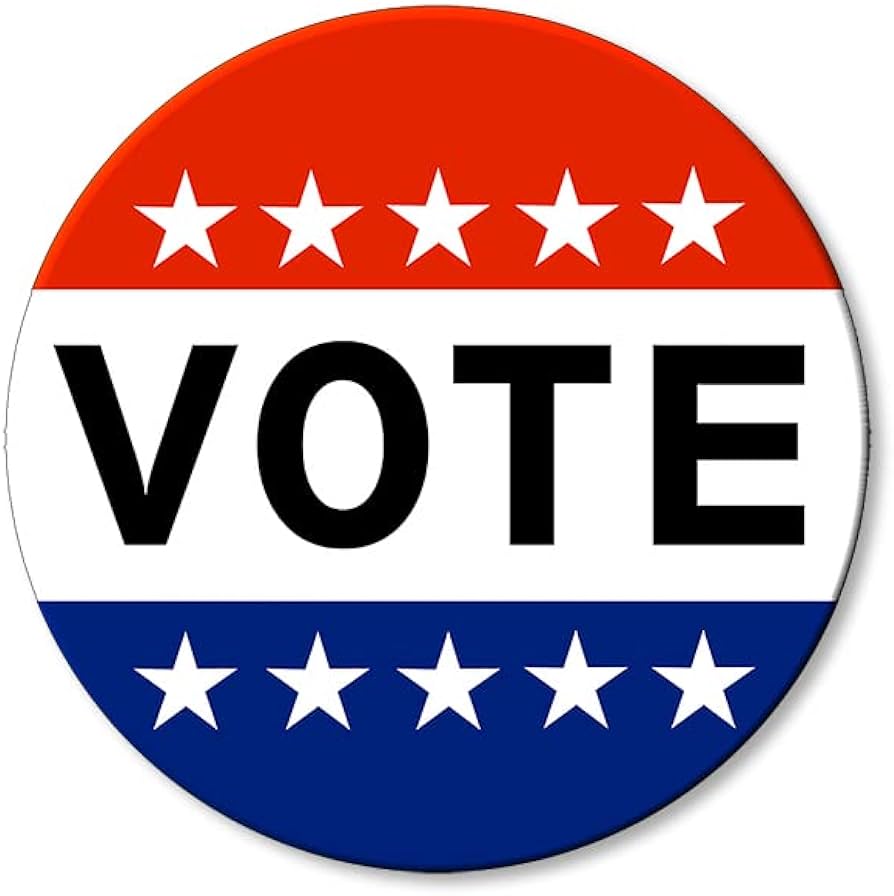

no it’s probably just because he’s young and posts good videos on social media right? /s
really cute; dms open!


no it’s probably just because he’s young and posts good videos on social media right? /s


there kinda already is kicked off by bernie in 2015, The DSA (Democratic Socialists America) has made AOC and Mamdani big and also a number of less prominent figures
https://en.wikipedia.org/wiki/Democratic_Socialists_of_America


archer reference? :p


thia headline is very misleading 2024 was the only year where us overtook china. also, this is due to a strong euro, exports to china and US both fell. Should’ve developed EVs 10 years ago imo


who do you think :D i edited it in the title


there is no rationale to capitalism, it’s more like a heist


well you can have the icon pack with any launcher and the time/calender widget too


that is so interesting, did you publish the code somewhere?


‘eww’ for short 😖


o7


yeah, they go mention that it’s probably because it’s just a static website


Protesters whose details could be confirmed at temporary prisoner processing points nearby were bailed with conditions to return to a police station at a future date and to not attend any further protests in support of Palestine Action. People who refused to give their details or whose identities could not be verified were taken into custody.
most of these people were home the next day, no one actually arrests that many people, can you imagine the paper work


it might have been Laura Chambers, who is CEO since early 2024.
It has been less than a week since the new interim CEO took over the reigns from long-time Mozilla CEO Mitchell Baker. Today news broke that Mozilla is changing its product strategy going forward. The organization plans to focus on bringing “trustworthy AI into Firefox” and to scale back some of its other products and services.
Breaking: Mozilla changes strategy, focuses on Firefox and AI
She used to work for McKinsey according to her Wikipedia which explains a lot if you ask me.


use ironfox for android, it’s the continuation of Mull


divide and conquer


EACH!?
my pleasure, i thought so too


that one is way bettee I’m gonna append it to the post thanks!
(Invasion of NY by National Guard)